Limb sparing surgery for dogs with bone cancer has existed for many years. However a new twist on the procedure may lower the complication rate and make life easier for the dog and their human. Today on Tripawd Talk Radio’s episode “All About the Bostonplasty Procedure for Limb Sparing in Dogs,” you’ll hear how veterinary oncologist Dr. Sarah Boston developed the technique for osteosarcoma dogs who aren’t good candidates for amputation surgery.
If she has a familiar name, that’s because Dr. Sarah Boston, DVM, DVSc, Dipl. ACVS isn’t just a veterinary cancer surgeon. This talented vet is also the author of the bestselling memoir, Lucky Dog: How Being a Veterinarian Saved My Life. A cancer survivor with a wickedly smart sense of humor, Dr. Boston now lives and works in Newmarket, Ontario, Canada at 404 Veterinary Emergency & Referral Hospital. In October 2017, she was the first veterinary oncology surgeon to publish a paper on her exciting new limb sparing surgery for dogs with bone cancer in the distal radius leg bone.
Officially called “Limb shortening as a strategy for limb sparing treatment of appendicular osteosarcoma of the distal radius in a dog (LSLS),” today on Tripawd Talk Radio Dr. Boston shares her exciting news about a new procedure when amputation isn’t an option for dogs with bone cancer.
Can’t listen to the interview right now? Here’s a synopsis of our 40 minute chat.
The Pros and Cons of Traditional Limb Spare Surgery for Dogs
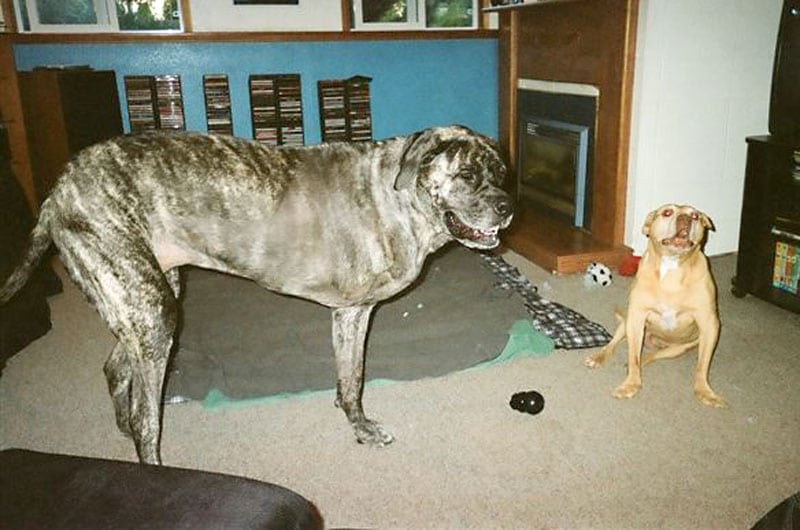
Limb sparing is often presented as an option for dogs who aren’t amputation candidates or for pet parents who are hesitant about removing the limb.
The goal in limb sparing is to remove the diseased bone and surrounding tissues while still preserving the function of the remaining limb. The piece of diseased bone that is removed is replaced by a combination of healthy bone from a donor and bone graft from other parts of the patient’s body. While much of the leg’s function is preserved, there is decreased range of motion in the treated limb, which results in limited activity for the dog. — OncoLink: Limb Sparing in Dogs
But this procedure often comes at a high cost for the patient and their guardian. About 20 to 25 percent of all patients who undergo the expensive surgery end up going through amputation anyways.
Limb Spare Surgery for Dogs Has a High Complication Rate
“The biggest hurdle we have is that the infection rate is so high,” Dr. Boston explains. According to her study published in the October 2017 issue of the ACVS Journal of Veterinary Surgery:
“Despite refinement, this procedure is accompanied with an unacceptably high complication rate.* The outcomes of endoprosthesis limb salvage in dogs were most recently reported to include a 95.5% complications rate, 64.4% of these considered as major complications. Surgical site infection and implant failure were the most commonly reported complications in that study. Successful management of both of these complications is extremely difficult. . . In many cases, a major complication will result in limb amputation.”
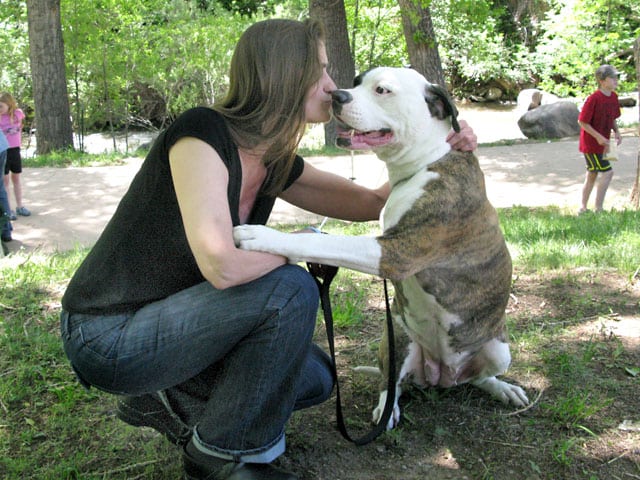
Knowing the high rate of infection and complication, Dr. Boston says she’s always felt conflicted about recommending it for patients who have other choices, like amputation. “These are expensive procedures, it’s a lot for the dog to go through, it’s a lot for the owner to go through . . . I reserve it for the dogs I feel really need to have four legs.”
How the Bostonplasty Differs from Other Limb Sparing Techniques
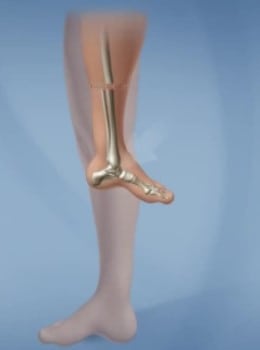
Dr. Boston had her light bulb moment for this procedure when she watched a “Rotationplasty” procedure performed on a young patient. This limb sparing surgery is performed on adolescents with bone tumors right beside their knee. Essentially it involves removing the diseased lower leg bone but saving the foot, nerves and blood vessels. The surgeon then re-attaches the foot to the thigh bone, but rotates the foot backward when doing so. Once healed, the foot and ankle joint becomes like a knee joint that can flex. The patient can then comfortably wear a prosthetic device.
“It looks crazy but it’s much easier to fit a prosthesis on a foot,” she explains. “Your foot is designed to put pressure on it, your thigh is not. The foot pads are made to deal with pressure on it. There is no other tissue in the body that can do that.”
“I wondered, could we do that with a dog?” she said. After many hours of study and consideration, Dr. Boston adapted the rotationplasty surgery for a 14-year old dog whose owners declined amputation. Her goal was help the patient avoid the high complication rate of traditional limb salvage techniques and give the dog a good quality of life while fighting osteosarcoma. The foot was not put on backward, the limb was merely shortened enough to get clean margins and allow the dog to comfortably walk.
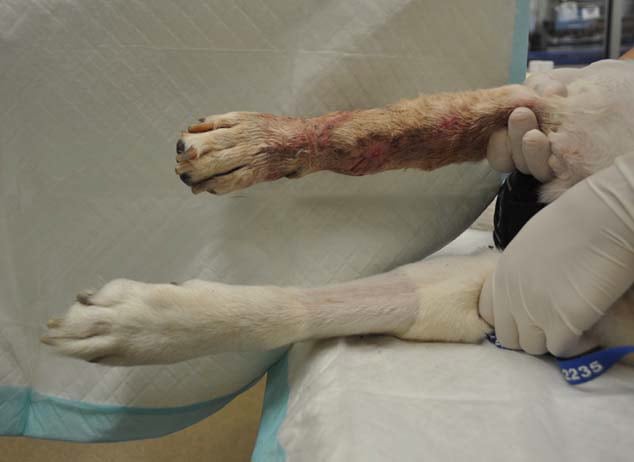
Pain Free Function is the Goal
Unlike a traditional limb salvage surgery, this procedure leaves the dog with one leg slightly shorter than the other.
“I guess my thinking was, why are we trying to make dogs perfect? They don’t need that. They just need to be functional and pain free.”
Published literature indicates that a dog’s unique body structure and loose shoulder joints enable them to tolerate up to a 20 percent discrepancy between limbs. This degree of difference is so minimal that Dr. Boston knew the dog could still function well. And she did!
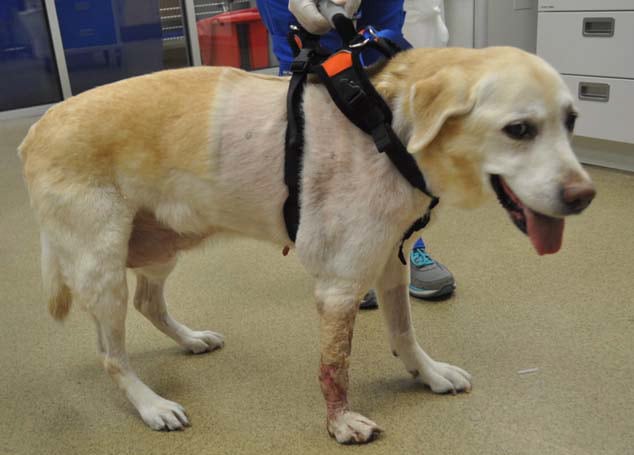
The Bostonplasty is essentially an arthrodesis. This common procedure is often done on dogs with irreparable wrist injures. The surgeon fuses the joint, shortens the leg and places a simple bone plate to join them together. “Instead of putting something in there that’s probably going to get infected, we just shorten it and put a bone plate all the way down to the metacarpals.. . . then let that heal,” she said. Bone plates are used all the time in veterinary medicine, as opposed to the “mega prosthesis” limb salvage implant that has such a high infection rate.

“Hopefully the infection rates (with this procedure) will be similar to what we see with arthrodesis,” she says. Infection after an arthrodesis is extremely uncommon, according to Vet Surgery Central.
What dogs are good candidates for the Bostonplasty?
Dr. Boston stresses the importance of remembering that saving a leg is great, but procedures like this should be reserved for dogs who aren’t good candidates for amputation. “Ultimately, if these dogs can be happy on three legs, it’s probably the best thing for them. Limb salvage should be for dogs that we don’t think will manage on three legs.”
The first Bostonplasty dog was the perfect candidate for this procedure, and she did great. “It was a real joy to see our first patient and to see how she did. It wasn’t perfect, we did have some complications, but we were able to manage them.” The patient had a minor infection that was able to be controlled. She lived 127 days after surgery, then died presumably from chemotherapy complications. Dr. Boston hopes to help many, many more dogs like her. “We need (at least) 20 cases to know if this is going to be a good technique for our patients,” she said.
Where to Learn More
Boarded veterinary surgeons perform carpal arthrodesis all the time. Dr. Boston says “My hope is that this will make the (limb sparing) technique more simplified and more accessible to more surgeons and more dogs, for the dogs that need it.”
The Veterinary Society of Surgical Oncology just approved a prospective study that will facilitate information sharing among veterinary surgical oncologists who want to perform this procedure. “We want to make sure that we’re all communicating and seeing how these dogs are doing,” Dr. Boston explains.
If you are reading this because your veterinarian believes amputation isn’t an option for your dog with osteosarcoma, talk to your surgeon and let them know about Dr. Boston’s study, referenced below. You can also reach out to Dr. Boston directly at 404 Veterinary Emergency & Referral Hospital and she can connect them with other surgeons who are getting trained in this procedure.
Listen to the Interview with Dr. Boston
Read the Study Abstract:
More About Limb Sparing Surgery for Dogs
FAQs About Artificial Limbs for Pets on Tripawd Talk Radio
Bone Cancer Tumors and Treatment Options for Dogs
Oncolink: Limb Sparing in Dogs
Happy Ampuversary Lily. Two Years Later, Still Going Strong
Arthrodesis and The Tripawd Dog
 Join the forum discussion on this topic!
Join the forum discussion on this topic!


I would like to start by saying thankyou to Dr. Boston for her time and incredible expertise! What an incredible procedure it is that you have developed! A lot of dogs are going to thank you all over the world, it may take time, patience and possibly a lot of trial and error, but isn’t that what life is all about?! WEll done!!
But i would also like to say thanks for being so honest! It is very refreshing to have such an open minded and insightful person to listen to! You made it very easy to understand you, rather than hearing a lot of vet lingo, i heard things in terms that I could understand. Thank you.
I have often wondered about how insurance could have possibly helped us in this situation and now I am armed with more information and questions than before.
I realize once again, the huge challenge that Dr. Bill Sones and Dr. Laurie Page took on when we asked them to do Stewie’s surgery for his front left leg amputation. And then to take on the Chemotherapy for Stewie, it really was a big deal in hindsight. And I now know this, because of all of the insight I have gained through this site.
So I take my hats off once again to our incredible vet team, in our very small village! But also a huge thank you once again to Jim and Rene for offering all of this incredible information to be shared! Knowledge is power right!
All the very best from Super Stu and his Pride!